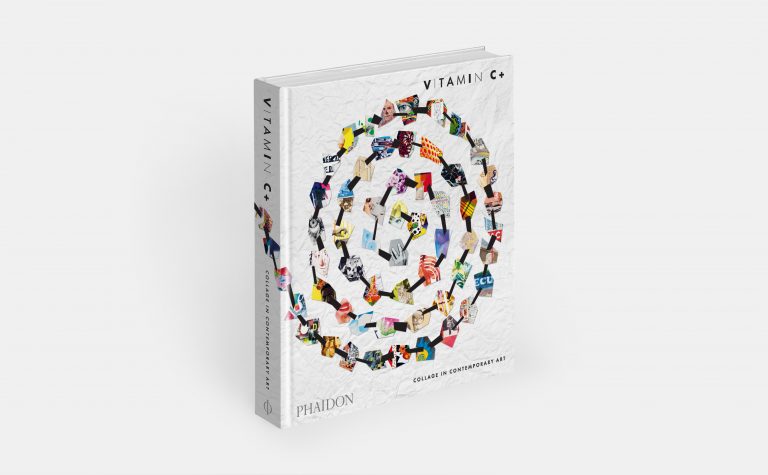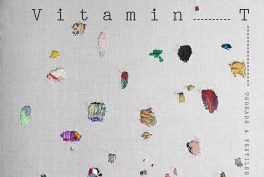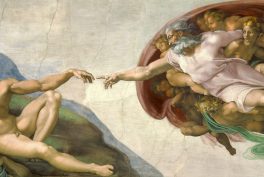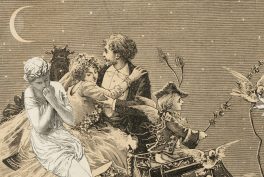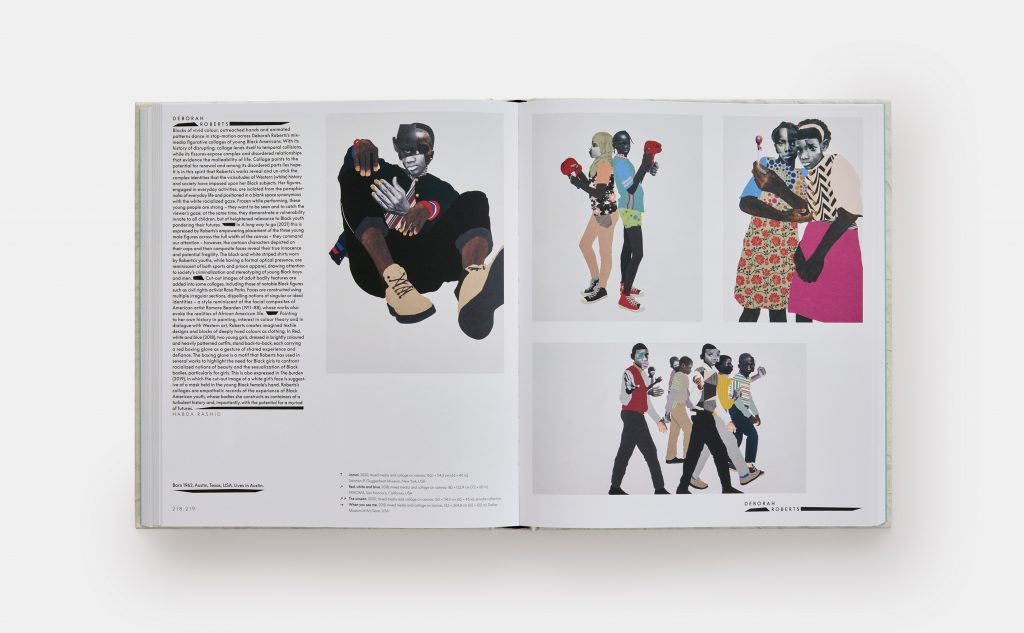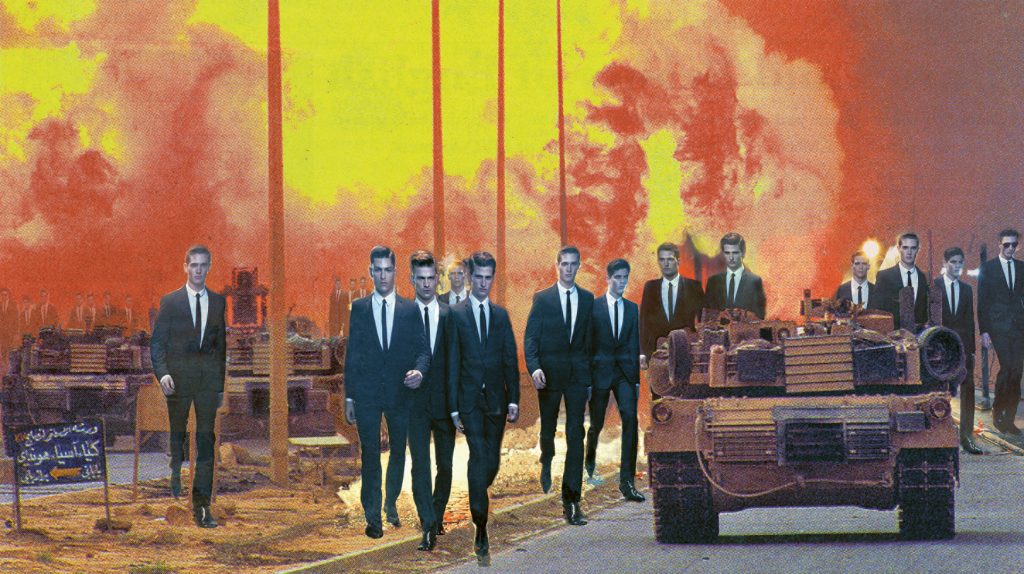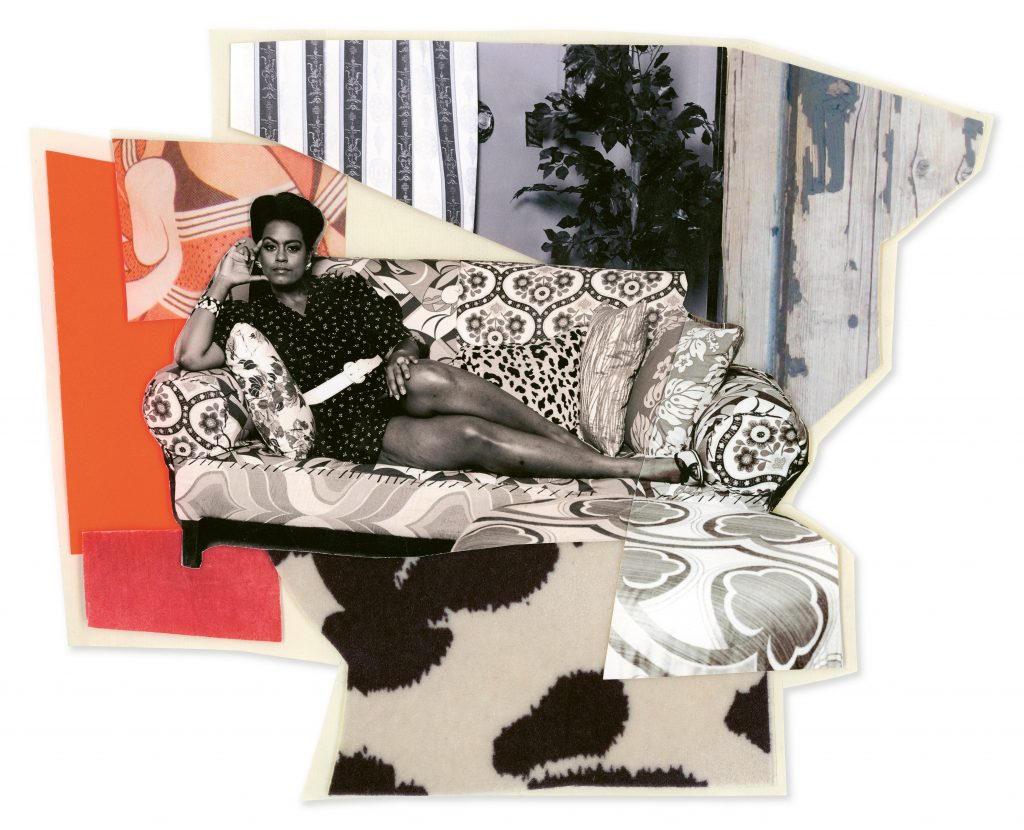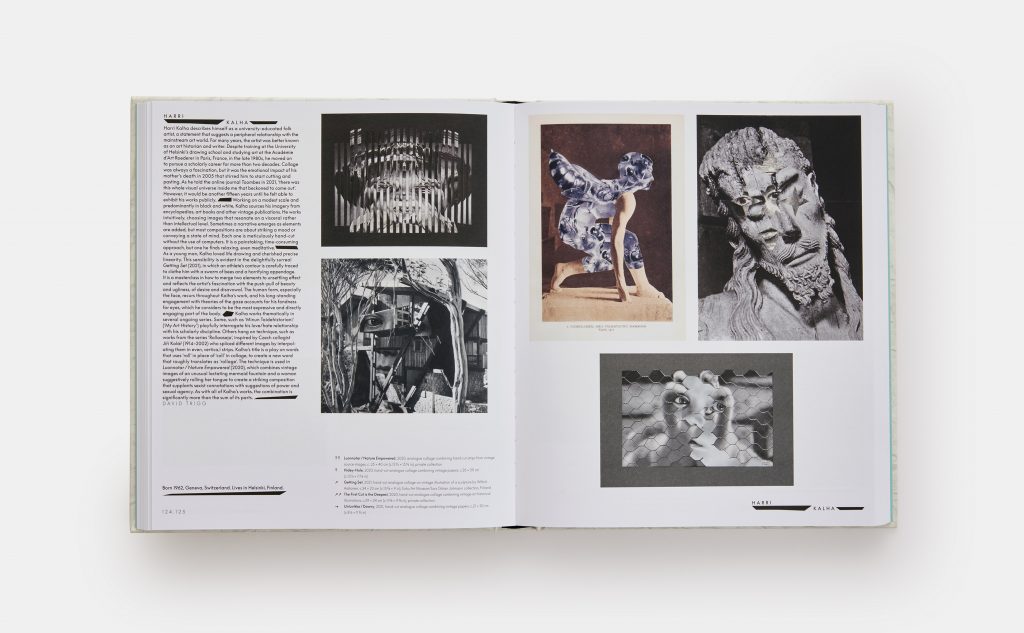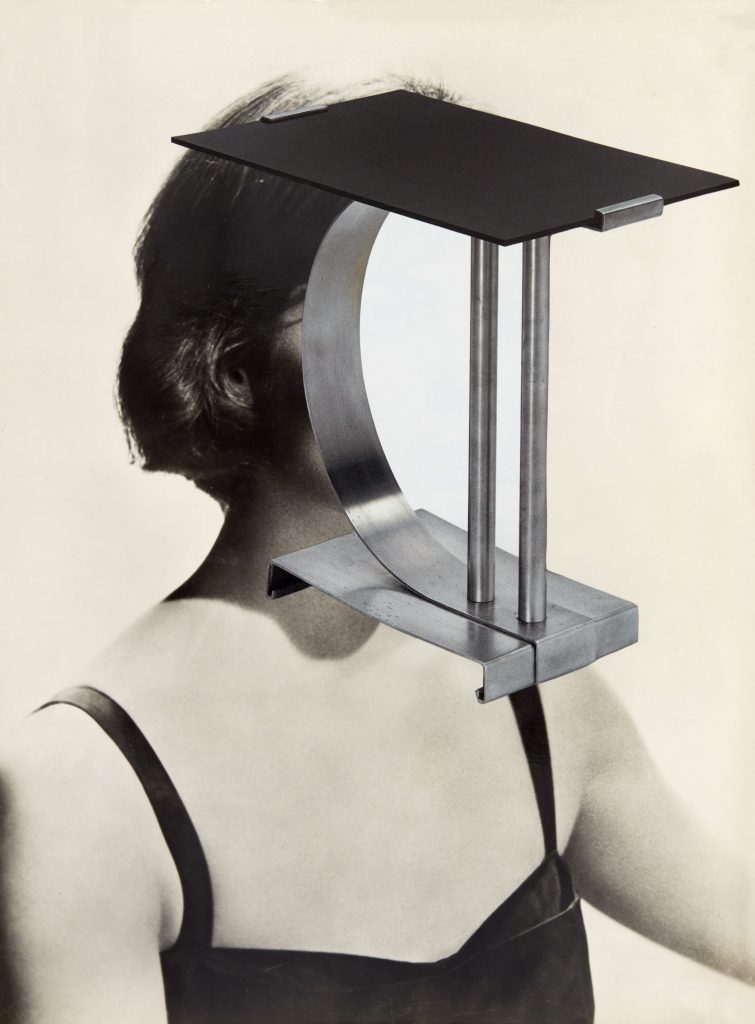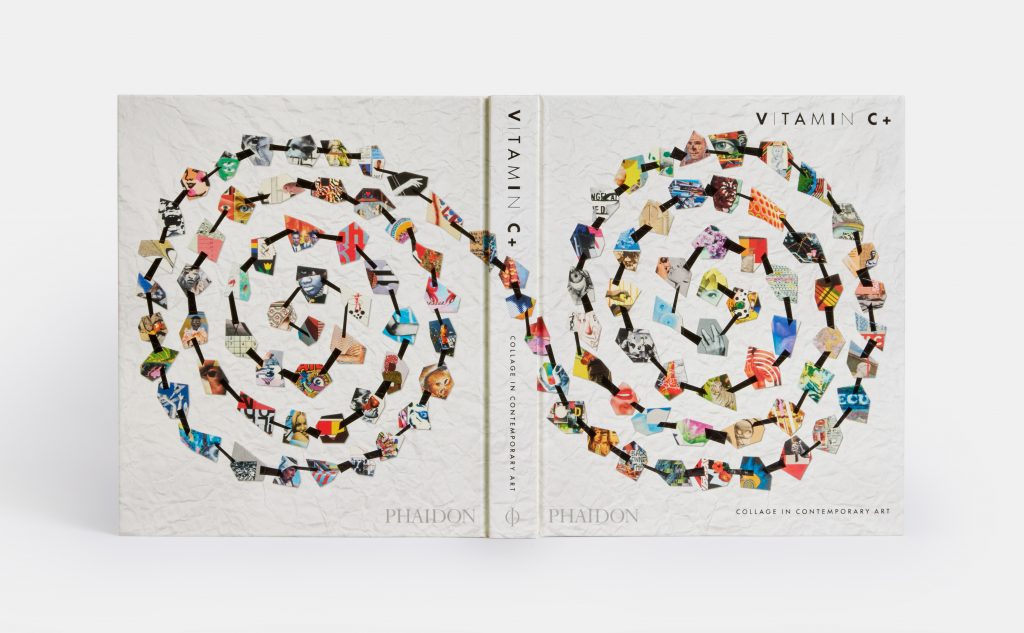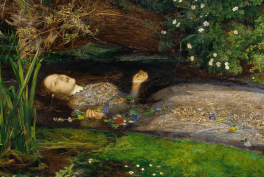If you have ever overlooked collage and considered it as a lesser art medium or a refined form of craft, Phaidon’s new Vitamin C+ Collage in Contemporary Art is a definitive book that will completely change your mind.
Entirely dedicated to the art of collage, considered on a broader level as a technique mixing different images, both physically and digitally, still or moving, the book comprises over 100 international artists. The artworks were nominated by an esteemed panel of museum directors, curators, critics, and collectors, that will introduce you to the many different expressions of this medium.
The Vitamin series by Phaidon, originally launched in 2002, so far has analyzed different techniques, from painting, drawing, and photography, to sculpture and installation. For each medium it offers a complete survey and an overview of current practices. Now in its second decade, the series continues to grow with the first volume devoted to the collage technique, curated by Yuval Etgar.
Much like Vitamin T: Threads and Textiles in Contemporary Art, this new volume focuses on a process that has long been declassified as craft rather than fine art. It tries to demonstrate not only collage’s significance throughout art history, especially over the past century, but also how it is now more lively than ever.
As author Yuval Etgar says in the book introduction:
The History of Collage in Contemporary Art
The book, just as aesthetically beautiful as conceptually appealing, is more than just a catalogue gathering together artists working with the same medium. In fact, it opens with a long preface that narrates the history of collage as a medium. It then goes on to analyze the work of the most prominent living artists working with collage in various forms, offering a complete overview of everything we can consider collage nowadays. The book presents the best and newest innovations in this technique.
The primary questions the book poses are; what can be considered a collage? What are the minimum elements that constitute a collage? And, on the contrary, when does a collage become an assemblage or an installation? Trying to answer these questions, Etgar presents different approaches and examples, ranging from Picasso and Braque and their Cubist collages and assemblages, to Kurt Schwitters’ Merzbau, from Surrealist collages to the performative practice of the décollagists, whose tearing and destroying of paper elements – such as posters and billboards – introduced a political element to the collage practice.
Closer to the present, Etgar analyzes the work of artists working with different types of collages, such as montages and photomontages, as well as digitally produced collages.
At the very core of this technique, however, the author recognized two recurring elements, as he states in his introduction:
108 Artists to Summarize Collage Art Today
The long introduction painted by Yuval Etgar serves as a backdrop to introduce each of the 108 artists presented in the book, giving each one a detailed article featuring information, themes, and images of their work.
Despite the artists not being grouped together in any specific order, flipping through the book one can easily understand the criteria that lead the panel of experts in their choice. The artists, coming from over 40 countries, are representative of different generations, as well as different backgrounds and cultures.
The book features the work of real contemporary pioneers in the art of collage, such as Linder, Christian Marclay, Wangechi Mutu, John Stezaker, Mickalene Thomas, and Kara Walker, as well as that of mid-career artists and representatives of a younger generation, working with both physical and digital collages.
Despite the variety of ages, backgrounds, and practices, the book is still very cohesive, thanks to the sleek graphics and high quality of the images presented.
Themes and Techniques
Despite working with the same, rather old, materials that have long been used for collages (paper and glue) or with radically new ones, collage artists today are inspired by a very specific, although far-reaching, set of themes. Throughout the book, the author does a great job of pinpointing all the recurring themes that the featured artists present.
There are some that are closely related to the medium itself and how it plays with images and ephemera, salvaging them from perpetual oblivion and reflecting on the limits of image-based media. Other artists are more concerned with aesthetics and how tthey can come into play when working on a collage piece. This is seen in the mixing of colors and shapes, but also in patterns and textures used to create pieces that are ultimately multidimensional, or possess a tactile aspect in their bi-dimensional nature.
On the other hand, there are also more traditional themes. These include memory, family, or community, and elements that are more closely linked to social and political discourses, which, through collage, can find new means of expression. Some artists reflect on gender or racial inequalities, others on representation and social justice; there are artists concerned with climate change and environment-related issues, as well as artists dealing with war and violence.
Whether dealing with subjective memory and identity, social issues, or the specificities of the medium itself, Vitamin C+ is ultimately a reflection on borders and margins, and how those come into play in today’s art, both from a conceptual and a practical standpoint. Analyzing the idea of a border, what is inside said border and what is on the outside, and what significance a margin can have, Vitamin C+ succeeds in narrating today’s art through the lens of a very specific medium, collage.
About the author
Yuval Etgar is a curator and art historian who specializes in the history and theory of collage and image appropriation. His curated and published work includes The Ends of Collage, an anthology of writings on the history and theory of this practice, as well as monographic projects dedicated to the work of Louise Nevelson, Jake Chapman, John Stezaker, Fischli & Weiss, and René Magritte, among others.
You can purchase Vitamin C+ on the publisher’s website.
